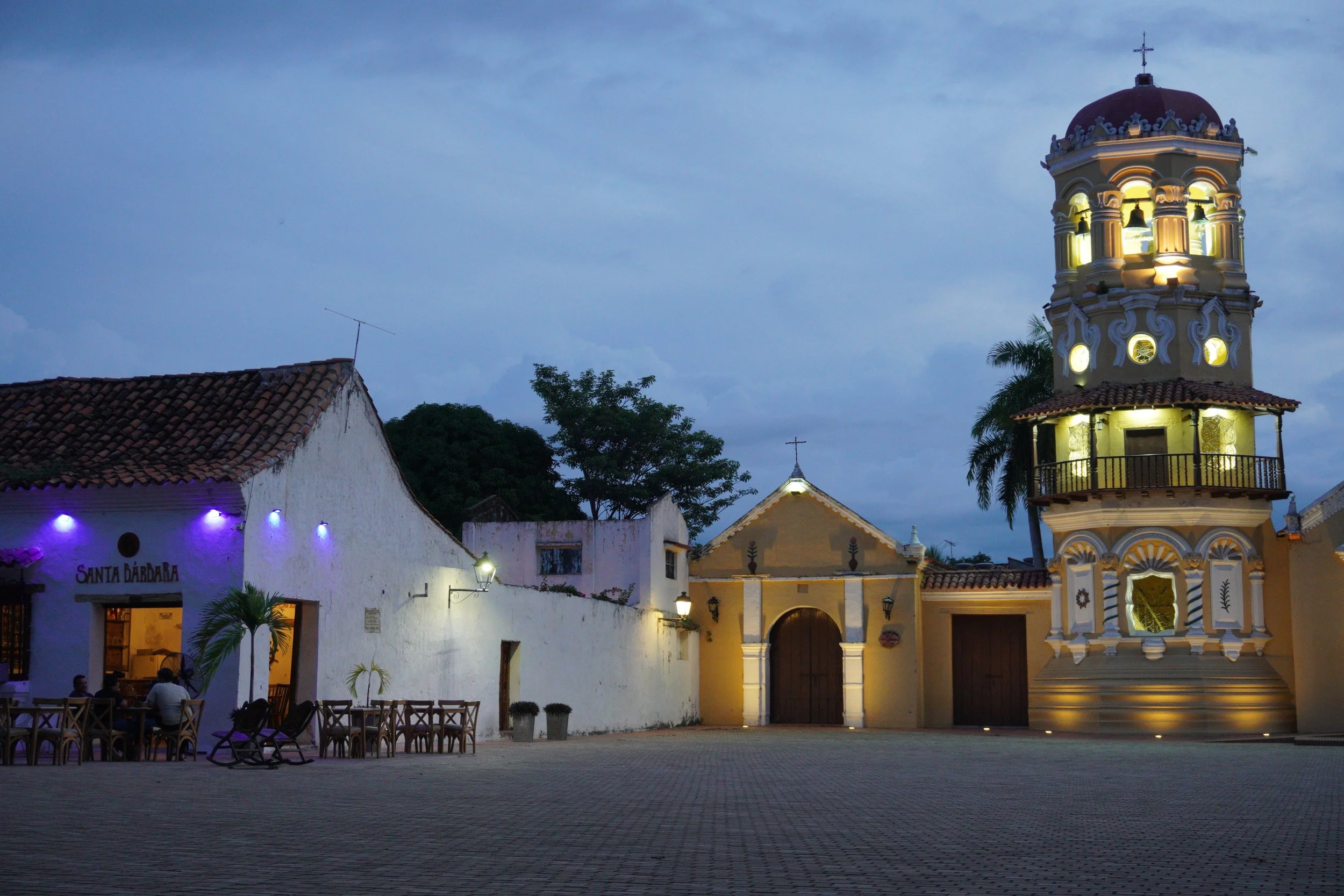Mompox Filigree Jewelry: How It’s Made
Colombia is a beautiful country, full of unique history, biodiversity, and traditional crafts. Recently, we were able to travel back to Colombia on another expedition to meet with artisans and discover more Colombian crafts. One of the crafts that we were most excited to discover while we were in Colombia is silver filigree jewelry.
Mompox, Colombia is a town straight out of a storybook, with monkeys clambering up it’s beautiful colonial buildings and canoes paddling up and down the sleepy Magdalena River. The village is home to several families of silversmiths that have made beautiful silver filigree jewelry for centuries.
What is filigree jewelry, and where did it come from?
Filigree is an ancient technique for crafting jewelry from very thin threads and beads of precious metals. Filigree jewelry is usually made from sterling silver or gold, and is known for having delicate and intricate patterns that reflect light throughout the piece. In Mompox, the filigree technique is used in the making of earrings, necklaces, rings and bracelets. Everything from the large hoop earrings to the fine silver necklace chains are handmade with this technique.
The oldest filigree ever found dates back all the way to 3,000 BCE making the craft at least 5,000 years old. It originated in the Middle East before spreading around the Mediterranean to Greece and Portugal then eventually to the Americas.
The process for making filigree is at least 5,000 years old . The earliest pieces of filigree jewelry were found in the Middle East, and were dated back to 3,000 BCE. From there, filigree jewelry spread across the Mediterranean to Portugal and Greece, and then to the Americas.
Mompox, Colombia is one of the most famous cities in the world for filigree jewelry and is the only city in South America where the tradition survives. Mompox is located along the Magdalena River, which was a major shipping route for the Spanish Empire in the 17th to 19th centuries . Silver, gold, and other materials came through Mompox on their way back to Europe. This wealth lead Spain to set up a royal mint there just a few years after the city was founded, and soon after, the craft of filigree followed.
How is silver filigree jewelry made?
True filigree jewelry is built up one thread at a time by skilled craftsmen. Filigree can be made of silver or gold, and uses the same process for both materials. Our artisans mostly work with silver.
Silver thread is the basis of these pieces, and making it is the first step and a process of it’s own. To make this thread, raw silver is melted down into a bar then repeatedly pressed and pulled into finer and finer wire until it meets the master jeweler’s specifications. These silver wires are sometimes as thin as a fishing line.
After it’s pulled, the wire is cut, bent, twirled, or filed into shape and fused to the rest of the piece using flux. When soldering pieces together, the artist aligns them carefully then puts a tiny dab of flux at the joint to prevent corrosion and help the melted silver flow. After the piece is assembled, the artisan uses a foot pumped blow torch to heat the piece just enough to fuse it into a solid whole.
The piece is built up wire by wire; each one adding its own texture and movement. This gives filigree its unique depth, with the overall patterns visible from far away, but the fine details of each thread only visible up close. The fineness of the technique also means that filigree jewelry is lighter than most jewelry and allows light to play through. Large pieces of filigree can be much lighter than silver jewelry pieces of the same size, but different styles.
Who makes our filigree jewelry?
We work with the Tres Palacios family, who have been creating filigree jewelry in Mompox, Colombia for generations. All of the designs are created by the artisans; some are based off traditional patterns, such as the “caracol” which forms the base of many Colombian filigree pieces. The artisans also make their own designs, often taking inspiration from nature, such as leaves and animals. We work with the artisans to decide which designs to bring in - we regularly get new styles and restock favorites.
Follow our Youtube channel to be the first to see our mini-documentary on Mompox Filigree and meet the Tres Palacios family of artisans! Keep an eye out here for information on more interesting Colombian crafts.




